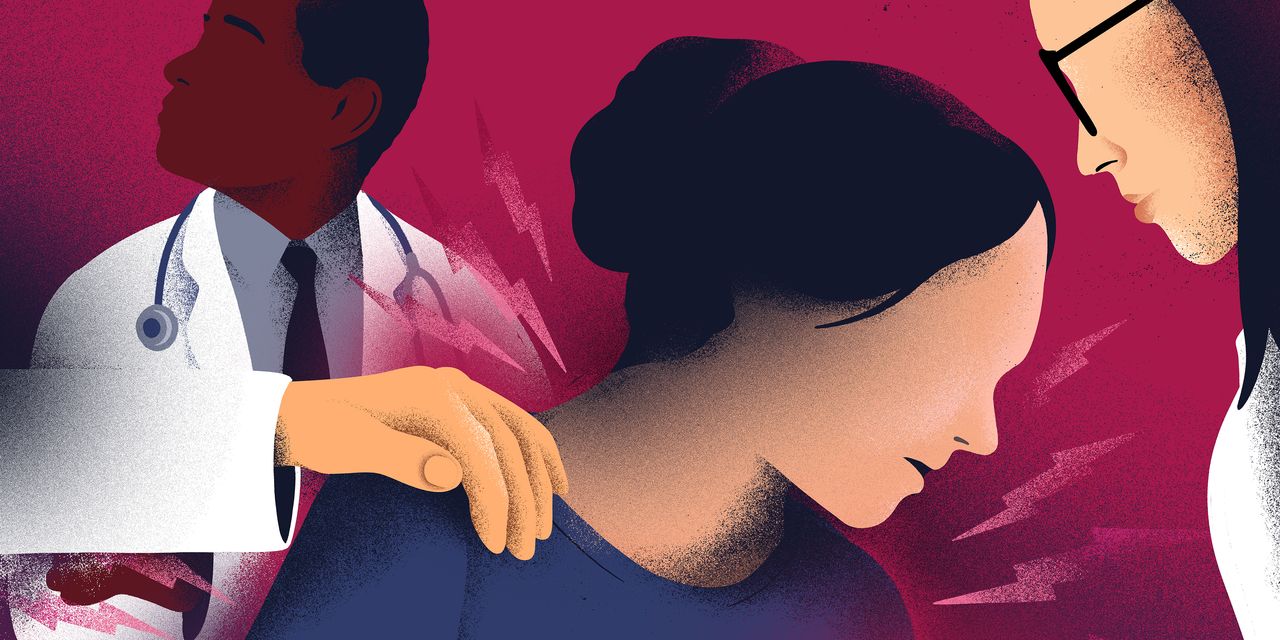Chronic illness and hidden disabilities often elude visibility, yet their impact on individuals’ lives can be profound. In this article, we delve into the complexities of Chronic illness/hidden disabilities, shedding light on the challenges faced by those living with these conditions. Drawing from credible sources and expert insights, we aim to provide a comprehensive understanding of chronic illness and hidden disabilities and offer support and validation for individuals navigating their experiences.
Understanding Chronic Illness and Hidden Disabilities
Defining Chronic Illness and Hidden Disabilities: Recognizing the Spectrum
Chronic illness encompasses a broad spectrum of conditions characterized by persistent health challenges and ongoing symptoms. Hidden disabilities refer to disabilities that may not be immediately apparent to others, such as chronic pain, autoimmune disorders, and mental health conditions. It is essential to acknowledge the diverse range of conditions that fall under these categories and the unique challenges they present to individuals.
The Invisible Impact: Unveiling the Unseen
The impact of chronic illness and hidden disabilities extends beyond physical symptoms to affect various aspects of individuals’ lives, including their mental health, relationships, employment, and daily functioning. Despite the lack of visible cues, these conditions can significantly impact individuals’ quality of life, requiring ongoing management, support, and understanding from both themselves and others.
Navigating Life with Chronic Illness and Hidden Disabilities
Coping Strategies and Self-Care: Managing the Unseen
Individuals living with chronic illness and hidden disabilities often employ a variety of coping strategies and self-care practices to manage their conditions and enhance their well-being. These strategies may include medication management, lifestyle adjustments, stress reduction techniques, and seeking support from healthcare professionals and support networks. By prioritizing self-care and symptom management, individuals can enhance their resilience and quality of life.
Challenges and Stigma: Confronting Invisible Barriers
One of the primary challenges faced by individuals with chronic illness and hidden disabilities is the lack of visibility and understanding from others. Stigma, misconceptions, and judgment surrounding these conditions can exacerbate feelings of isolation, invalidation, and shame. It is crucial to challenge societal perceptions and promote empathy, compassion, and inclusivity for individuals living with chronic illness and hidden disabilities.
Empowerment and Advocacy
Self-Advocacy: Amplifying Voices
Empowerment plays a vital role in navigating life with chronic illness and hidden disabilities. Individuals are encouraged to advocate for their needs, rights, and accommodations in various settings, including healthcare, education, employment, and social environments. By speaking up, sharing their experiences, and asserting their boundaries, individuals can assert their agency and foster positive change within their communities.
Advocacy and Awareness: Shaping a Supportive Society
Advocacy efforts are essential for raising awareness, challenging stigma, and promoting inclusivity for individuals with chronic illness and hidden disabilities. Advocates and allies work to educate the public, policymakers, and healthcare professionals about the unique challenges faced by individuals with these conditions and advocate for policies and practices that promote accessibility, accommodation, and support.
Fostering Resilience and Community
Building Resilience: Finding Strength in Adversity
Resilience is a hallmark of navigating life with chronic illness and hidden disabilities. Individuals draw upon their inner strength, adaptability, and resourcefulness to navigate the challenges and uncertainties of their conditions. By cultivating resilience and embracing a growth mindset, individuals can face adversity with courage, determination, and hope.
Nurturing Supportive Communities: Creating Spaces of Understanding
Supportive communities play a crucial role in providing validation, understanding, and solidarity for individuals with chronic illness and hidden disabilities. Peer support groups, online communities, and advocacy organizations offer safe spaces for individuals to share their experiences, seek advice, and connect with others who understand their journey. By fostering supportive connections, individuals can find validation, encouragement, and belonging on their path to acceptance and healing.
Conclusion
Chronic illness and hidden disabilities may elude visibility, but their impact on individuals’ lives is undeniable. By understanding the complexities of these conditions, challenging stigma and misconceptions, advocating for inclusivity and accessibility, and fostering resilience and supportive communities, we can create a more compassionate and inclusive society where individuals with chronic illness and hidden disabilities feel seen, valued, and empowered on their journey towards acceptance and healing.
